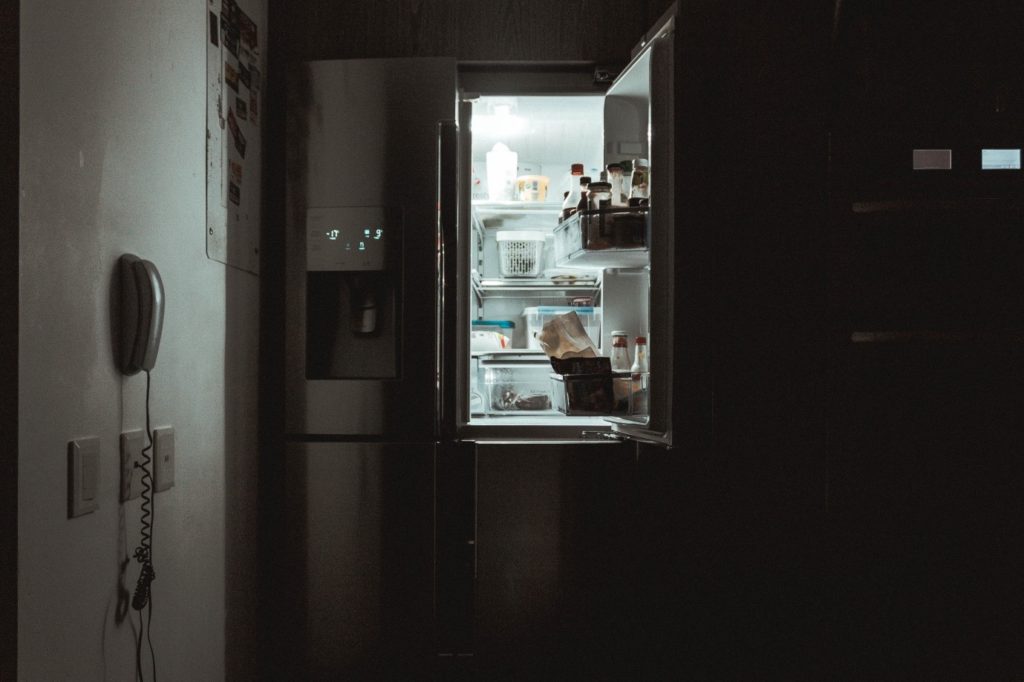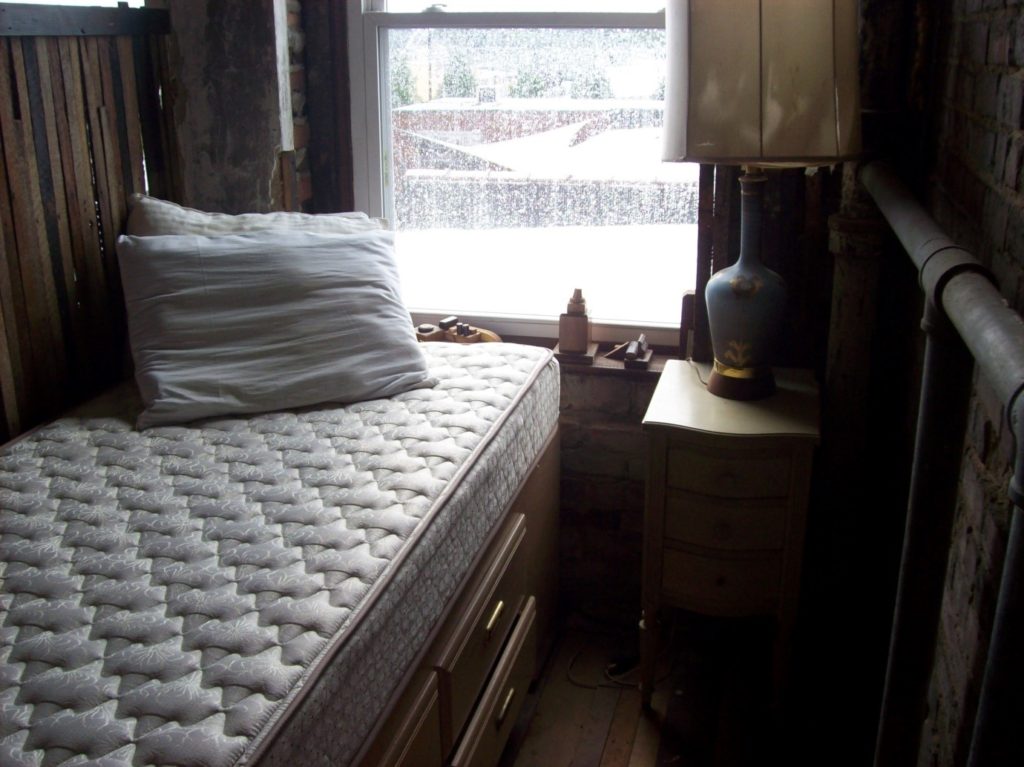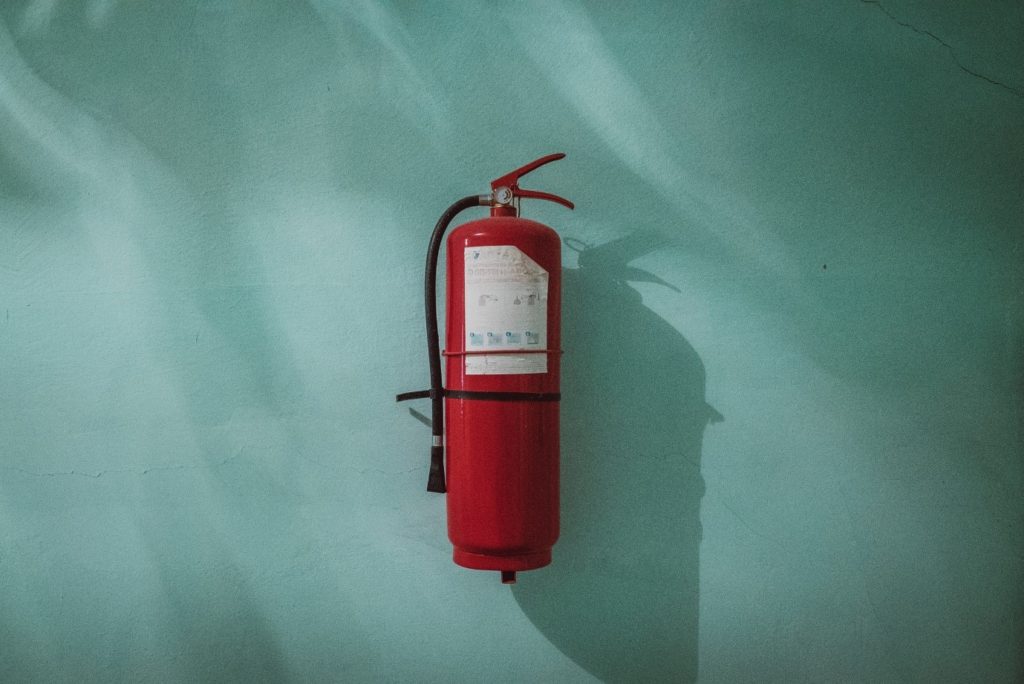
There is so much stress presently on not buying as frequently as we do, but the argument does not hold water all the time!
Electrical gadgets, items for personal hygiene and cleanliness, and common utility products are known to have a limited lifespan. Use them beyond the designated timeframe, and you could end up paying a heftier electricity bill or the doctor a visit!
When personal safety is of utmost concern, don’t let the minimalist inside you settle for an older product that could be a potential killer. However, if you are concerned that every time you replace a gadget, you’re contributing something to the landfills, don’t feel too guilty!
The Solution? You can always opt to have the items refurbished and recycled for parts.
Here’s a list of 10 household items that need to be replaced periodically, along with pertinent reasons, so you don’t beat yourself too badly about it!
10 Common Household Items that Need to be Replaced and How Often
In the Kitchen
- Refrigerators
Refrigerators need to be replaced every 10-15 years. Older fridges tend to take up more electricity than newer Energy Star fridges, so cut back on inflated electricity bills and help the environment by replacing your fridge when it’s time.
However, when you buy a new model, keep these pointers in mind: units that are manually defrosted take up less energy than automatically defrosting ones. Similarly, top-mounted freezers use less energy than bottom-mounted ones.
- Dishwasher
Dishwashers need to be replaced around the 8-year mark if they haven’t broken down by then. While newer models use less electricity and water, maintaining the dishwasher to stretch it for the whole 8 years can be quite challenging.
Cleaning a dishwasher every month helps keep the drainage systems in working condition and prevents hard water buildup. Inspect the gaskets, seals, drains to make sure your dishwasher lasts long.

In the Bathroom & Utility Area
- Washing machine
The average lifecycle of the washing machine is 11 years. Have it replaced for the same reason as above, to save on electricity (upto 25% less if choosing an Energy saving model) and water (upto 45% less water). Older appliances guzzle more electricity to get their parts to function at the same level of peak performance.
- Clothes Dryer
Clothes dryers need to be replaced every 8-10 years. Replace dryers when the cost of repair is 50% of the cost of replacement. Upgrading to newer models has several benefits such as:
- improved efficiency
- quieter running
- steam-dry options
- quicker drying times
Dryer parts such as the heating coils, roller, and vents also tend to be quite delicate. The maintenance of these parts will help stretch the dryer lifespan to its full age.
- Water Heater
A water heater has an average lifetime of 8-12 years. The common problem with a water heater is the buildup of sediments in the drum that leads to poor heating efficiency.
Over time water heaters corrode. The heating rod may begin to rust, so it will end up sucking more energy to heat the same quantity of water unless replaced.

In the Bedroom
- Pillows and mattresses
Pillows need to go every 2 years and mattresses in 8-10 years. The major reason these items need to be replaced is because of the wearing out of structural integrity. Pillows and mattresses need to support the weight of your body and head. Over time they flatten out to the contours of your body and begin to sag. This may affect the comfort associated with your sleep, so have these replaced.
- Cosmetics and personal hygiene items
Makeup can be a breeding ground for bacteria which could result in skin and eye infections. Replace mascara, eyeliner after 3 months, powders, foundation, blush, and bronzer after 2 years. For personal hygiene, replace toothbrushes after 3 months. Hairbrushes need to go every 1 year. Since they collect dead cells and dandruff from your hair, regular weekly cleaning is also highly recommended.

Around the house
- Air Conditioner
Living comfortably for 8-12 years, an AC needs to be replaced eventually because of the filters. Also, mold contamination can enter an aircon system, making you sicker in the long run.
- Fire Extinguisher
Rechargeable fire extinguishers last you around 6 years and disposable ones for 12 years. You will need to replace these to stay safe in the event of a fire, as the chemicals in the extinguisher may lose their verve.
- Smoke and Carbon Monoxide Detectors
Smoke detectors go up to 10 years, and carbon monoxide detectors up to 7. Replace the batteries regularly as a functioning detector can increase the rate of survival of house fires by 50%.

Why Should You Replace these Items Even Though They Increase Waste?
One of the major reasons is the energy consumption of older gadgets. Older gadgets need more electricity to make the coils work at the same efficiency. This is one good reason to retire them!
Additionally, the rate at which models and technology are changing nowadays, it is harder to find spare parts to replace older models. So, the cost of repair can often be higher than the cost of purchasing a new one.
Health concerns caused by most of these appliances is also a big incentive to replace them. Almost any gadget with a filter system, for either water or air, needs high maintenance and regular cleaning (think aircon, water filters, and vacuums). Bacteria, germs, and microbes can settle in these filters, making them a hotbed for infections and diseases.
As a conscientious “planet Earther”, you don’t want to contribute to the landfills. However, gadgets can be recycled for parts, so it’s imperative you reach out to a junk removal company that will help you safely dispose of the old devices and other household items.
Replace, yet recycle!

